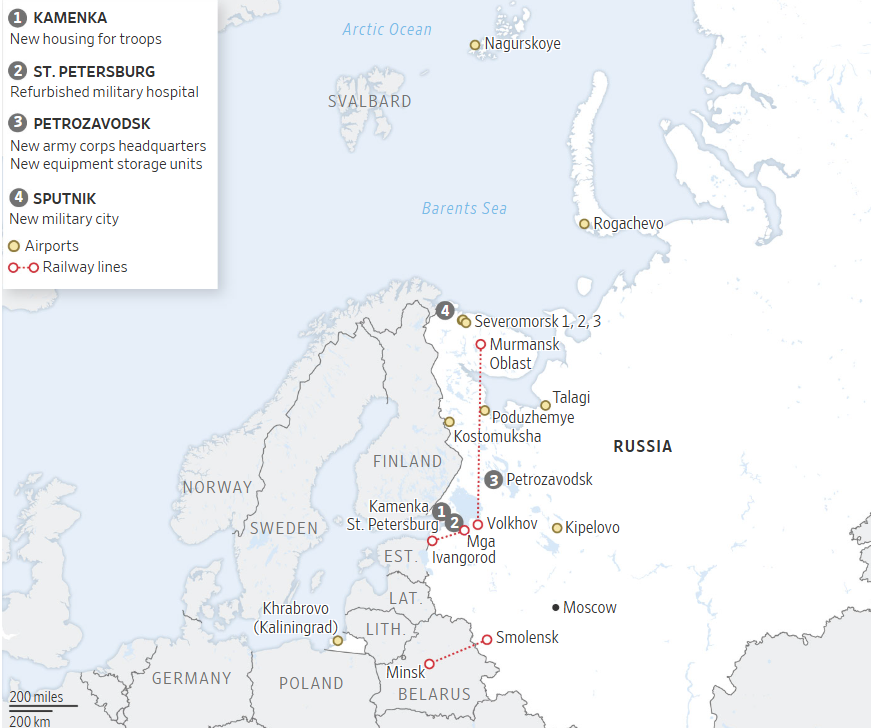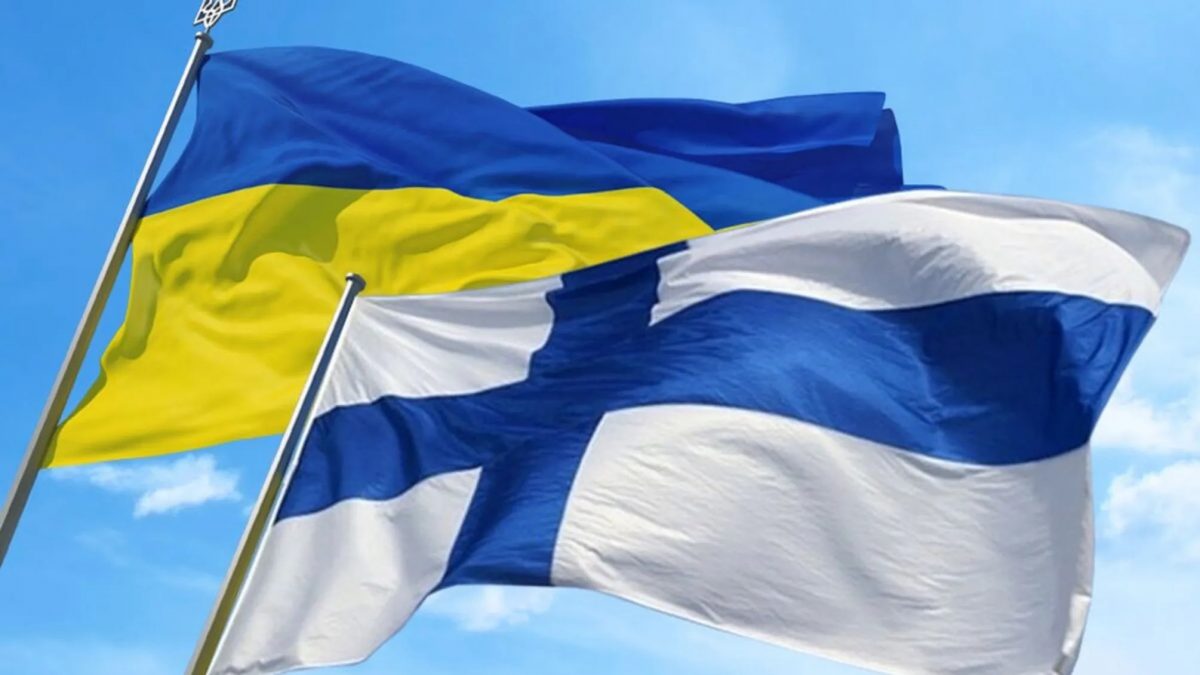Russia is quietly expanding military bases and infrastructure along its border with Finland as part of a broader effort to build forces that could potentially confront NATO, The Wall Street Journal reported on 27 April.
Russia’s military buildup near the Baltic states reportedly aims to increase pressure on these countries, members of NATO. This buildup has intensified since the annexation of Crimea in 2014, with a marked acceleration after 2022.
According to Western military and intelligence officials, some 100 miles east of the Finnish border, in the Russian city of Petrozavodsk, military engineers are expanding army bases to create a new headquarters overseeing tens of thousands of troops in the coming years.
"When the troops are back [from Ukraine], they will be looking over the border at a country they consider an adversary," said Ruslan Pukhov, director of the Center for the Analysis of Strategies and Technologies, a Moscow-based defense think tank. "The logic of the last decade shows we're expecting some conflict with NATO."
According to the report, Russia is increasing military recruitment, boosting weapons production, and upgrading railroad lines in border areas. Finland, which joined NATO after Russia's invasion of Ukraine, is now fortifying its border with electronic defenses and barbed wire fencing.
Russia has ordered its military to expand to 1.5 million troops, up from around one million before the Ukraine invasion. Military spending has increased to more than 6% of GDP this year, compared to 3.6% before the war.
"The Russian military is reconstituting and growing at a faster rate than most analysts had anticipated," Gen. Christopher Cavoli, commander of US forces in Europe, told a Senate committee this month.
Production of Russia's main battle tank, the T-90M, has increased from about 40 per year in 2021 to nearly 300 annually now. A senior Finnish military official said these tanks are not being sent to Ukraine but are staying on Russian soil for future use.
Some NATO nations are fortifying their borders against tanks, installing obstacles, and withdrawing from treaties banning antipersonnel mines.
"We don't have too much time," said Polish Defense Minister Wladyslaw Kosiniak-Kamysz. "We must build a strong alliance, a strong command system and well equipped military forces."
The Kremlin has reorganized its forces, creating new districts tied to the defense of Moscow and St. Petersburg. Most of the manpower expansion will occur in the Leningrad district, facing Estonia, Latvia and Finland, the reports said.
Russia is building new barracks and training grounds while upgrading arsenals and railroad lines around Petrozavodsk. Emil Kastehelmi of the Finland-based Black Bird Group, which analyzes satellite images of Russian military sites, noted new rail lines being laid along the borders with Finland and Norway.
"There are about a dozen points along the Russian-Finnish border where you can cross the border with mechanized forces," said Maj. Juha Kukkola, a professor at the National Defense University in Helsinki.
Russian military recruitment surged due to generous signing bonuses that can reach around $20,000. The US estimates about 30,000 Russians are signing up each month, while some Eastern European intelligence officials put the number at 40,000.
Russia's annual strategic military exercises this year, called Zapad or West, are expected to train forces in regions bordering NATO countries.
Baltic states’ intelligence agencies have warned that the risk of Russian aggression is rising, with Estonian intelligence predicting a credible threat of invasion against NATO’s eastern flank-especially the Baltics-between 2028 and 2030.
Read also:
- Finland to continue to keep border with Russia closed
- Europe “too weak without US capabilities” amid Russia’s threat, warns Finland’s defense chief
- Finland announces new € 200 million military aid package for Ukraine





